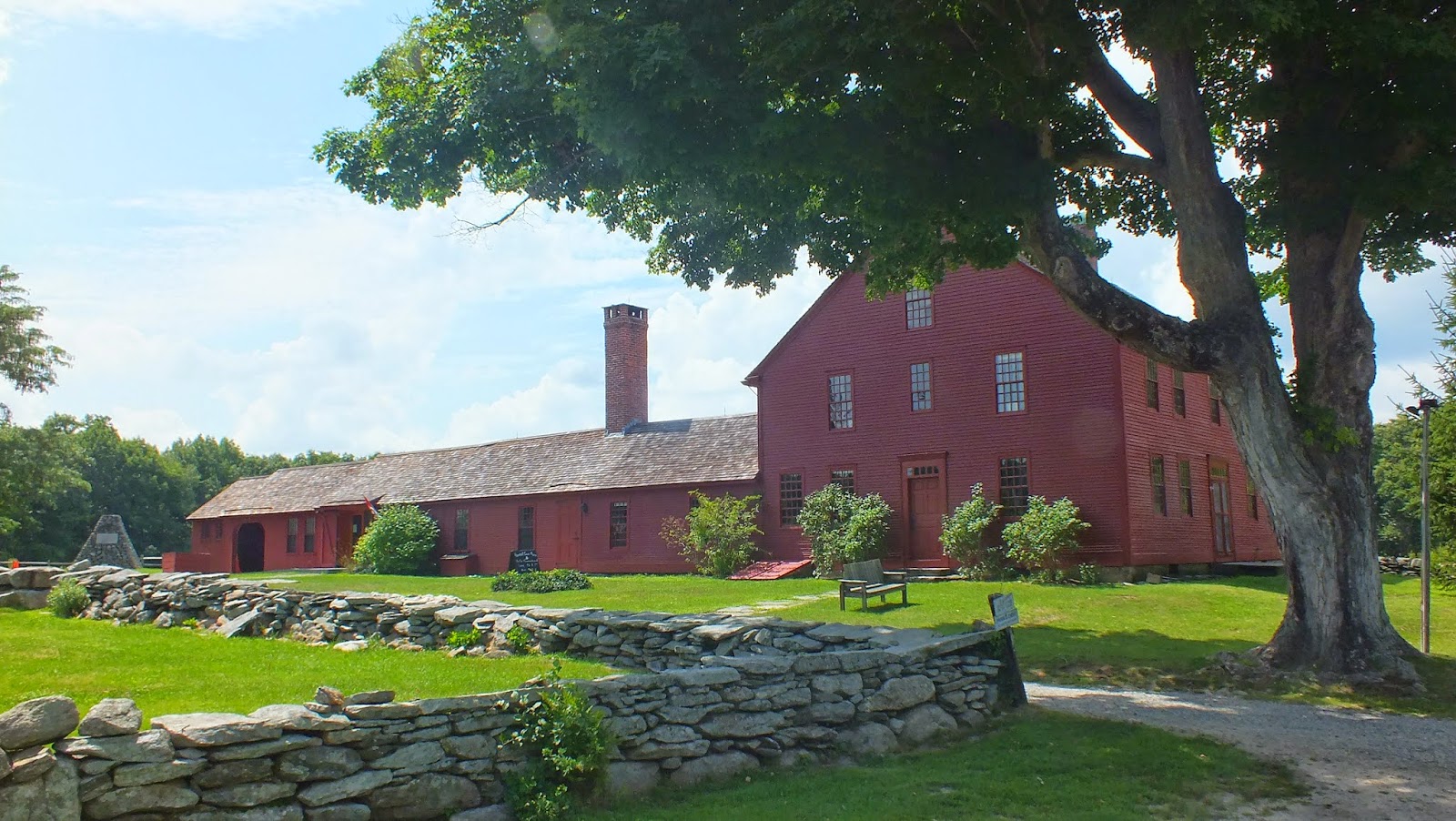From East Lyme, CT we drove to Rhode Island where we camped in North Scituate, about 25 miles from Providence. We visited Providence on our first day of touring. It was an easy drive to Providence, but getting around the historic district was a challenge especially around Brown University! Several roads were closed for repairs, which limited parking and traffic jams were the order of the day. Our first museum house was the Governor Lippitt house, and we parked about 8 blocks away and walked to it.
The New York Times calls the Lippitt house "one of the most complete, authentic and intact Victorian houses in the country." The house was built in 1865 by Henry Lippitt , a wealthy industrialist and vigorous politician. He built his mansion in the style of the day as a testament to his family's taste and ambition. The Lippitt had six children and a domestic staff. Their daughter Jeanie had scarlet fever and lost her hearing at the age of four. Mrs. Lippitt taught her to speak again and read lips.
The house was designated a National Historic Landmark and was occupied by the Lippitt family until it was donated to the Preserv Rhode Island in 1981. Later generations of the Lippitt family have continued the tradition of public service, producing three Rhode Island Governors, three U>S> senators, and a Secretary of the Navy.
We found a Johnny Rocket's and had lunch there (eat your hearts out Angie and Bridget), and then walked about 10 blocks to the John Brown home, one of early America's grandest mansions and Rhode
Island's most famous 18th century home. It was built in 1788 by John Brown, a wealthy businessman, patriot, privateer, policitian and slave trader. Brown University is named for him. He and his wife, Sarah, had four children. Early in the 20th century the home was bought by business tycoon Marsden Perry who turned the house into a stately monument to the Colonial past.
While John was a slave trader, his brother Moses Brown was an abolitionist and lived in Pawtucket, RI.
He was owner of the Slater Mill, which had been started by an English emigrant who brought his knowledge of the making of cotton thread from England to America with him. The mill is a National Historic Landmark and is considered the Birthplace of the Industrial Revolution. The mill showcases the early water-powered machinery used in making cotton into cotton thread which then could be loomed into clothing and household linens. The mill employed children ages 6-12 to work the machinery and as the machinery became larger and more intricate young women were hired to work. Their hours were increased and their pay cut and that caused them to strike and they successfully got their pay back, but no increase. It should be noted that working almost a 7-day week, they made less than $200/year.
 |
| Lippitt Home - fountain |
 |
| Lippitt Home Museum Sign |
 |
| The Lippitt Mansion |
 |
| John Brown/Marsden Perry Home |
 |
| On the front steps to Brown/Perry Home |
 |
| John Brown House Sign |




































